Hail to the Humble Harrow
One of the oldest tillage tools in the world still has a place in modern farming. 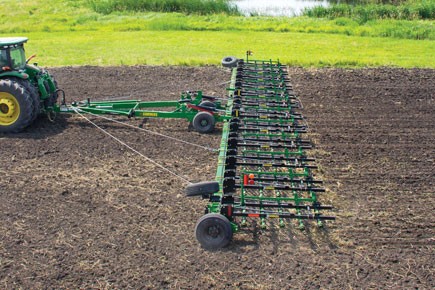 Twenty-first century farmers certainly have a leg up on past generations. Advancements in agronomic sciences and technological sophistication make it possible to grow bigger, healthier crops in all kinds of adverse conditions.
Twenty-first century farmers certainly have a leg up on past generations. Advancements in agronomic sciences and technological sophistication make it possible to grow bigger, healthier crops in all kinds of adverse conditions.
Yet, the more things change, the more they stay the same. Take the humble harrow, for instance. A comparatively simple tool, its utilization in farming can be traced back to Neolithic times when soil was harrowed with tree branches.
Obviously much has changed since our ancient loin-clothed relatives attempted farming amongst the mastodons. But farmers still need to prepare their seedbed for planting — including breaking up dirt clods, root balls and smoothing the surface — and a harrow-type tool is an excellent choice.
There are several types of harrows these days; however none may be as versatile as the simple tine harrow.
Teeth of the Matter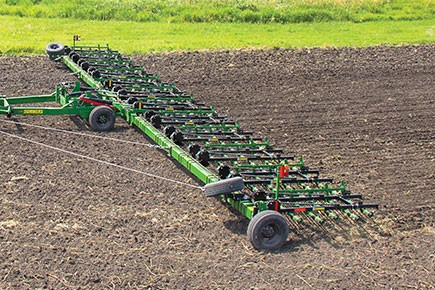 Summers Superharrows are an example of tine harrows. Equipped with rows of straight, oil-tempered teeth in various diameters, they are efficient at the task of smoothing out the rough surface of a ploughed field, or managing residue left behind from harvest. Bent-tooth harrows, such as those found on Summers Harrow Packers, are another option that offers varying degrees of residue management and field finish.
Summers Superharrows are an example of tine harrows. Equipped with rows of straight, oil-tempered teeth in various diameters, they are efficient at the task of smoothing out the rough surface of a ploughed field, or managing residue left behind from harvest. Bent-tooth harrows, such as those found on Summers Harrow Packers, are another option that offers varying degrees of residue management and field finish.
Although simple, tine harrows differ in many ways that can impact their overall effectiveness:
Tine diameter and length: In general, larger diameter and longer length result in more trash clearance and aggressiveness, whereas a smaller diameter and shorter length is less aggressive but leaves a better field finish. For instance, the SH3960 and SH3580 both come equipped with 26-inch tines, however because the latter has 1/2-inch diameter tines compared to 9/16-inch tines of the SH3960, it’s slightly less aggressive.
Tooth angle: The angle of the tooth relative to the ground can be adjusted up to 45 degrees from vertical on Superharrows. In general, the more vertical the tine, the more aggressive the harrowing action and the more residue that’s buried. On Superharrows, the front bar adjusts independently from the rest, allowing it to work more aggressively so the remaining sections clear residue.
Down pressure: The spring-loaded action of the tine harrows does a lot of the work, but it can be fine-tuned with down pressure. On-the-go adjustments from hydraulic cylinders on the toolbar allow operators to accommodate different soil conditions and residue. This also accounts for even down pressure across all harrow bars, which improves the implement’s ability to follow ground contours.
Rows and spacing: It stands to reason that the more tines per square foot on a harrow, the more work it can do. Assuming they’re the same width, a three-row harrow doesn’t do as much work as a five-row. And the new 8-Bar Superharrow from Summers can produce 60 percent more work in a single pass than a harrow with five bars. The spacing of the teeth along the rows is also key. Optimum space will allow for maximum residue management without inhibiting trash flow.
Although it may not be as fancy as some other tillage options, harrows work well on modern farms to tackle crop residue, level the surface and prepare the seedbed for planting, regardless if it’s a stand-alone machine or as an attachment to a primary tillage tool. Consider the options you may need for your specific soil and crop needs, and then pick a tried-and-true design your cave-dwelling ancestors would be proud of.






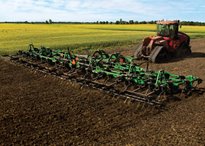
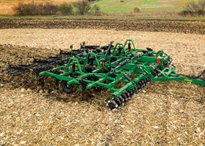
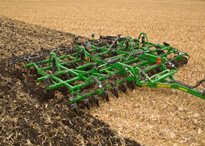
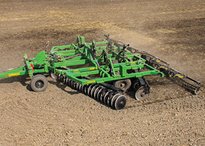
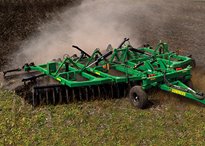
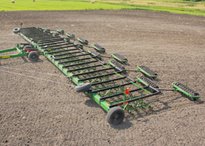
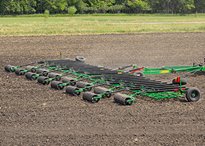
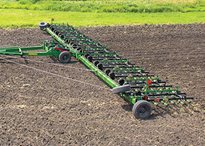
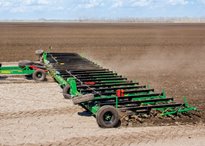
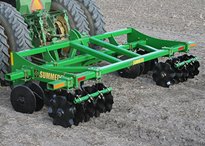
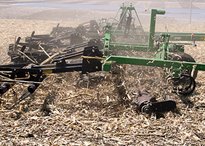
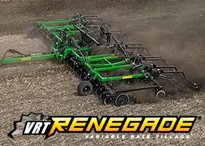
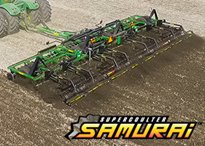
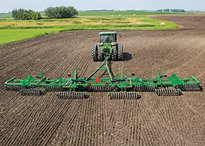
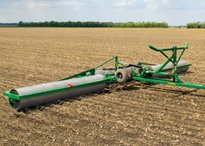
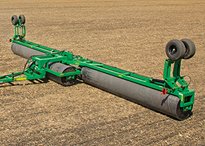
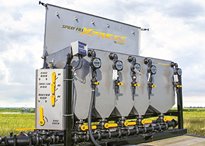
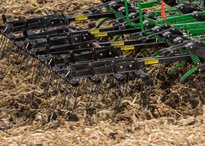
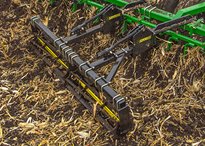
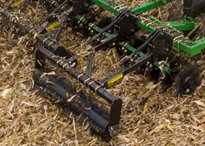
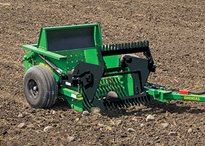
 Hats, Diecast Models, Gloves and More!
Hats, Diecast Models, Gloves and More!
 Library
Library